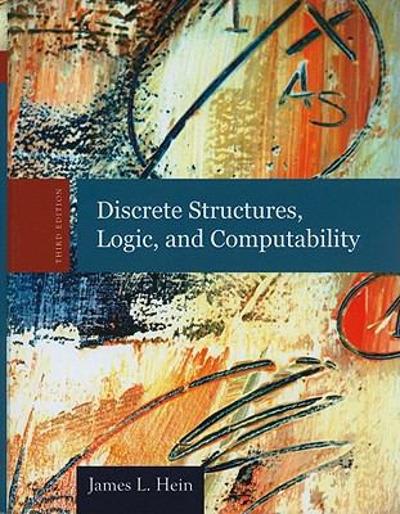
... Answer all questions please
27. Bob selects independent random samples from Subgp A Subgp B two populations and obtains the values p1 = Gp S F Tot | Gp S Tol 0.700 and p2 = 0.500. He constructs the 95% 3 17 20 40 40 80 confidence interval for py - pa and gets: 40 2 60 Tol 60 Tot 140 0.200 + 1.96(0.048) = 0.200 0.094. Note that 0.048 is called the estimated standard 30. An observational study yields the following error of p1 - p2 (the ESE of the estimate). "collapsed table." Tom wants to estimate the mean of the success Group S F Total rates: pi + P2 43 57 100 2 36 64 100 Total 79 121 200 (a) Calculate Tom's point estimate. (b) Given that the estimated standard er- Below are two (partial) component tables for ror of (p1 + p2)/2 is 0.024, calculate these data. Explain why Simpson's Paradox the 95% confidence interval estimate of cannor occur for these data. (pi + p2)/2. Hint: The answer has our usual form: Subgp A Subgp B Gp S F Tot Gp S F Tot PL. est. + 1.96 x ESE of the estimate. 17 20 40 80 28. Carl selects one random sample from a popu- 40 60 lation and calculates three confidence intervals Tol 60 140 for p. His intervals are below. 31. An observational study yields the following B C "collapsed table." p 1 0.080 p 1 0.040 p 1 0.072 Group S F Total Match each confidence interval to its level, with 45 55 100 levels chosen from: 80%, 90%, 95%, 98%, and 2 38 62 100 99%. Note: Clearly, two of these levels will Total 83 117 200 not be used. You do not need to explain your reasoning. Below are two (partial) component tables for 29. An observational study yields the following these data. Complete these tables so that Simp- "collapsed table." son's Paradox occurs (see Course Notes). Note that there might be more than one possible cor- Group S F Total rect answer. 43 57 100 2 39 61 100 Subgp A Subgp B SF Tol Total 82 118 200 Gp S F Tot | Gp 5 15 20 40 40 80 Below are two (partial) component tables for 2 60 40 these data. Complete these tables so that Simp- Tot 80 Tot 120 son's Paradox is occurring (see Course Notes). Note that there is more than one possible correct 32. An observational study yields the following answer. "collapsed table."Group S F Total means the condition is present and B means the 44 56 100 screening test is positive.) On parts (a)-(1) be- 2 43 57 100 low, report your answers to three digits of pre- Total 87 113 200 cision, for example 0.194. Complete these tables so that Simpson's Para- B Total dox does not occur (see Course Notes). Note 96 12 108 that there might be more than one possible cor- 48 564 612 rect answer. Total 144 576 720 Subgp A Subgp B (a) What proportion of the population is free 1 S F Tot Gp S F Tot of the condition? 4 16 20 40 40 80 60 2 40 (b) What proportion of the population has the Tot 80 Tot 120 condition and would test positive? (c) Of those who have the condition, what Chapters 8, 15, 16, and 13 proportion would test negative? (d) What proportion of the population would 33. Below is the table of population counts for a receive a correct screening test result? condition and its screening test. (Recall that A means the condition is present and B means the (e) Of those who would receive an incor- screening test is positive.) On parts (a)-(e) be- rect screening test result, what proportion low, show enough work for me to understand would receive a false negative? how you obtained your answer; e.g. don't just write down "0.5." 35. Consider all courtroom trials with a single de- fendant who is charged with a felony. Suppose B Total that you are given the following probabilities for A 108 12 120 this situation. Ac 42 698 740 Eighty-two percent of the defendants are, in Total 150 710 860 fact, guilty. Given that the defendant is guilty. there is a 75 percent chance the jury will con- (a) What proportion of the population is free vict the person. Given that the defendant is not of the condition? guilty, there is a 40 percent chance the jury will (b) What proportion of the population has the convict the person. condition and would test positive? For simplicity, assume that the only options (c) Of those who have the condition, what available to the jury are: to convict or to release proportion would test negative? the defendant. (d) What proportion of the population would receive a correct screening test result? (a) What proportion of the defendants will be convicted by the jury? (e) Of those who would receive an incor- rect screening test result, what proportion (b) Given that a defendant is convicted, what would receive a false negative? is the probability the person is, in fact. guilty? 34. Below is the table of population counts for a (c) What is the probability that the jury will condition and its screening test. (Recall that make a correct decision? 10









